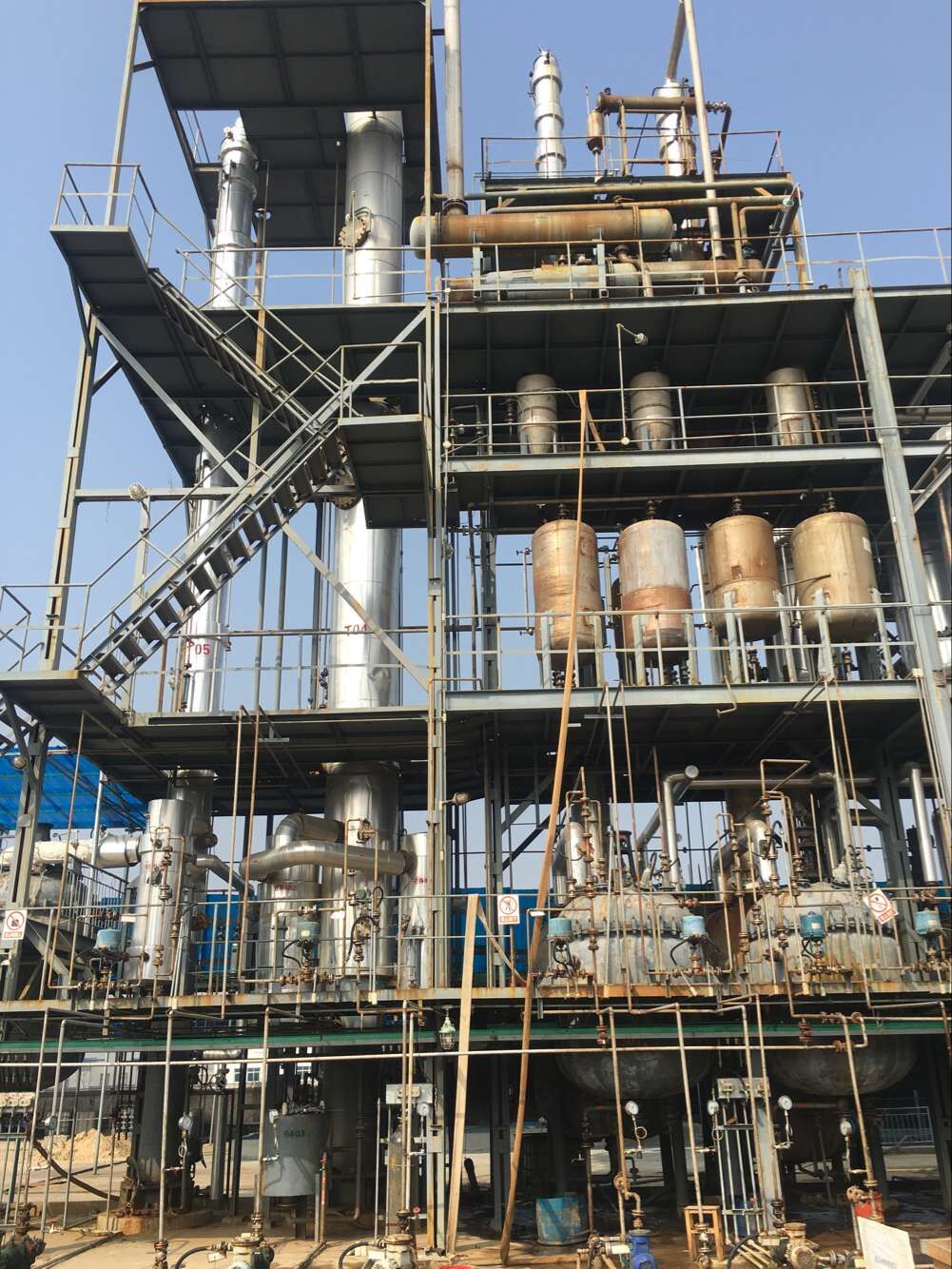1. Overview of Methyl Acetate
Methyl acetate, with the chemical formula CH3COOCH3, is an ester derived from acetic acid. It is a colorless liquid with a pleasant fruity odor, making it useful in numerous industries.

2. Production Process of Methyl Acetate
The production of methyl acetate plant involves a two-step process: esterification and distillation. During esterification, acetic acid and methanol react in the presence of a catalyst, forming methyl acetate and water. The reaction typically occurs under controlled temperature and pressure conditions to ensure optimal conversion rates.
3. Raw Materials Used in Methyl Acetate Production
The primary raw materials required for methyl acetate production are acetic acid and methanol. Acetic acid can be obtained from various sources, including fermentation processes or chemical synthesis. Methanol, on the other hand, is predominantly derived from natural gas or biomass.
4. Catalytic Esterification Process
The catalytic esterification process is crucial for the production of methyl acetate. It involves the use of an acidic catalyst, such as sulfuric acid or p-toluenesulfonic acid, to facilitate the reaction between acetic acid and methanol. This process ensures high conversion rates and improves the efficiency of the production process.
5. Distillation and Purification
Once the esterification reaction is complete, the mixture is subjected to distillation. Distillation helps separate the desired product, methyl acetate, from the water and unreacted starting materials. Further purification processes, such as molecular sieves or activated carbon treatment, may be employed to enhance the quality of the final product.
6. Environmental Impact and Sustainability
Methyl acetate production has several environmental benefits compared to alternative solvents. It has a low vapor pressure, reducing the emission of volatile organic compounds (VOCs) into the atmosphere. Additionally, it can be derived from renewable sources, promoting sustainability and reducing reliance on fossil fuels.
7. Applications of Methyl Acetate
Methyl acetate finds application across various industries due to its unique properties. Some of its common uses of Methyl Acetate include:
Solvent for coatings, paints, and varnishes
Additive in adhesives and sealants
Extraction solvent in the pharmaceutical industry
Flavoring agent in the food and beverage industry
Intermediate in the production of other chemicals
8. Advantages of Methyl Acetate
The utilization of methyl acetate offers several advantages:
High solvency power and compatibility with a wide range of substances
Low toxicity and favorable safety profile
Fast evaporation rate, aiding in quick drying applications
Reduced environmental impact compared to traditional solvents
9. Market Trends and Future Outlook
The demand for methyl acetate is expected to witness steady growth in the coming years. The increasing focus on sustainable practices, coupled with the versatility of methyl acetate production, drives its adoption in various sectors. Furthermore, advancements in production technologies and the development of bio-based methyl acetate are likely to open new opportunities in the market.
Conclusion
Methyl acetate, with its wide range of applications and favorable properties, holds significant value in multiple industries. From its production process to the advantages it offers, understanding the intricacies of a methyl acetate plant provides valuable insights into its practical use. By embracing sustainable practices and harnessing the benefits of methyl acetate, industries can achieve both efficiency and environmental responsibility.




Comments
Please Join Us to post.
0